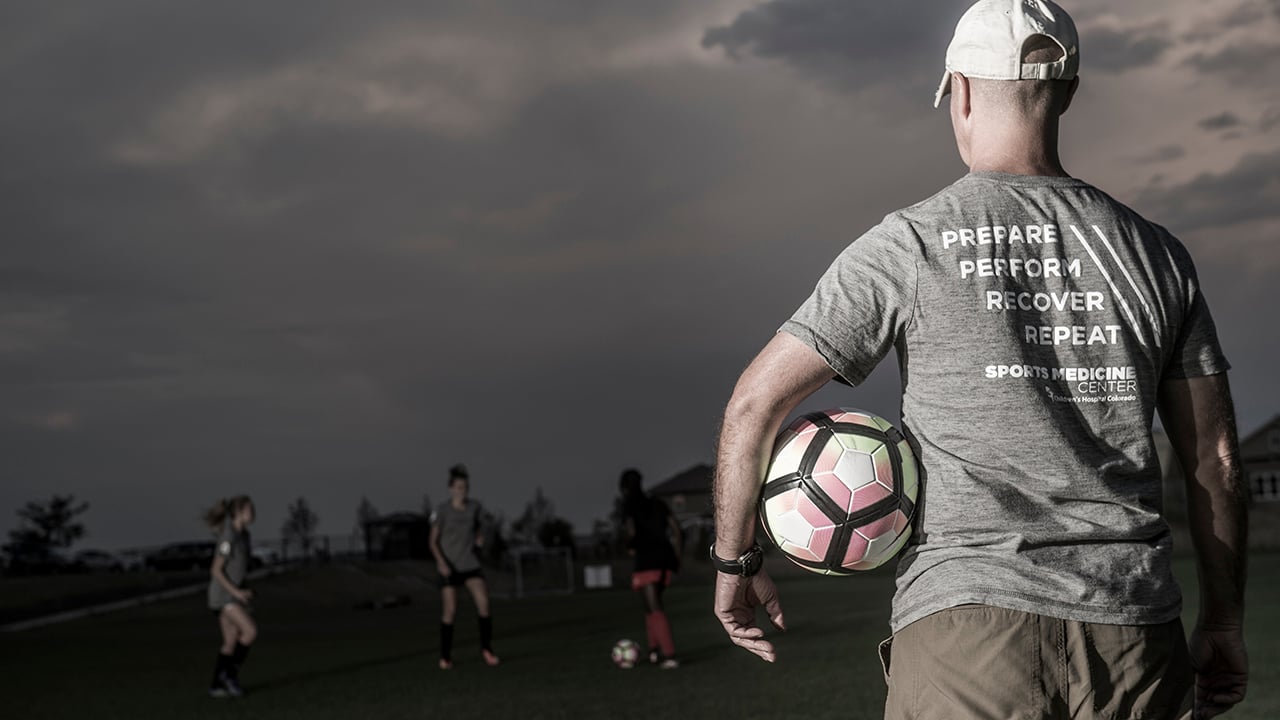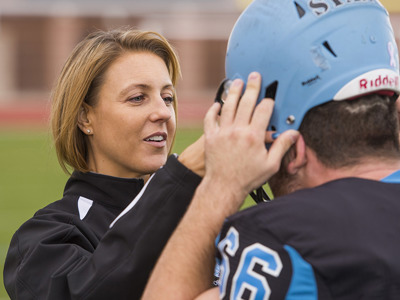- Doctors & Departments
-
Conditions & Advice
- Overview
- Conditions and Symptoms
- Symptom Checker
- Parent Resources
- The Connection Journey
- Calm A Crying Baby
- Sports Articles
- Dosage Tables
- Baby Guide
-
Your Visit
- Overview
- Prepare for Your Visit
- Your Overnight Stay
- Send a Cheer Card
- Family and Patient Resources
- Patient Cost Estimate
- Insurance and Financial Resources
- Online Bill Pay
- Medical Records
- Policies and Procedures
- We Ask Because We Care
Click to find the locations nearest youFind locations by region
See all locations -
Community
- Overview
- Addressing the Youth Mental Health Crisis
- Calendar of Events
- Child Health Advocacy
- Community Health
- Community Partners
- Corporate Relations
- Global Health
- Patient Advocacy
- Patient Stories
- Pediatric Affiliations
- Support Children’s Colorado
- Specialty Outreach Clinics
Your Support Matters
Upcoming Events
Colorado Hospitals Substance Exposed Newborn Quality Improvement Collaborative CHoSEN Conference (Hybrid)
Monday, April 29, 2024The CHoSEN Collaborative is an effort to increase consistency in...
-
Research & Innovation
- Overview
- Pediatric Clinical Trials
- Q: Pediatric Health Advances
- Discoveries and Milestones
- Training and Internships
- Academic Affiliation
- Investigator Resources
- Funding Opportunities
- Center For Innovation
- Support Our Research
- Research Areas

It starts with a Q:
For the latest cutting-edge research, innovative collaborations and remarkable discoveries in child health, read stories from across all our areas of study in Q: Advances and Answers in Pediatric Health.


It’s All About a Plan: The Importance of Athletic Trainers During a Cardiac Emergency

Athletic trainers are the unsung heroes not only at sporting events, but in the general well-being of athletes. Often, there’s a misconception that athletic trainers are mainly equipped to tape an ankle or provide water, but they contribute much more than that.
As allied healthcare professionals athletic trainers specialize in the prevention, evaluation, diagnosis, treatment and rehabilitation of injuries and conditions. But more importantly, during emergencies, athletic trainers are qualified to recognize the best course of action for various injuries and crises.
A cardiac emergency can happen in the blink of an eye. Sometimes, it can come without warning.
“In sports emergencies, it’s the precious seconds that can make the difference between life and death,” says Dennis Coonan, Program Manager of the Sports Medicine Center and athletic trainer.
In Colorado, schools require every venue that hosts practices or athletic events to have a venue-specific emergency action plan (VEAP) but doesn’t require the presence of an athletic trainer. However, employing athletic trainers on the sidelines to lead the emergency action plans can not only improve response times, but may make the difference in an athlete’s survival.
How can an athletic trainer help during sudden cardiac arrest in athletes?
Sudden cardiac arrest is the leading cause of death among young athletes. And while estimates vary, around 1 in 50,000 to 1 in 80,000 young athletes die of sudden cardiac death each year. Although athletic trainers can’t prevent cardiac conditions, identifying warning signs in athletes may avert a larger issue.
“We are constantly scanning players on the field during competitions and training sessions,” says Coonan. “Cardiac events are very hard to predict but picking up on things such as overly labored breathing or even considering the weather might cause us to intervene.”
Of course, it’s helpful for anyone to call 911 during an emergency, but athletic trainers are trained to:
-
Identify warning signs in athletes that may contribute to a larger health issue
-
Begin cardiopulmonary resuscitation (CPR) immediately and use an automated external defibrillator (AED) to help those experiencing sudden cardiac arrest
-
Calm others and lead steps to ensure athletes get the treatment they need
-
Follow-up and collaborate on return to play protocols following a cardiac event
Why is it important to have athletic trainers in schools?
Often, states don’t fund athletic trainer positions, and schools are responsible for seeking other funding to ensure the safety of their players. Many states, including Colorado, don’t require certified athletic trainers at high school activities or in schools.
However, in 2019, research found that 83% of athletes who had a sudden cardiac arrest survived if an athletic trainer was present and gave resuscitation, and 89% survived if they used an AED. This research shows that athletic trainers can make a difference in severe emergency situations.
Overall, athletic trainers are paramount in providing care for athletes on and off the field. Whether it’s providing care for an acute injury or jumping into action on the field during an emergency, athletic trainers are important in caring for athletes not only in the game, but far after an athlete stops playing.
“I'm not concerned about the next game,” says Coonan. “I'm concerned about quality of life for the rest of their lives.”



 720-777-0123
720-777-0123






